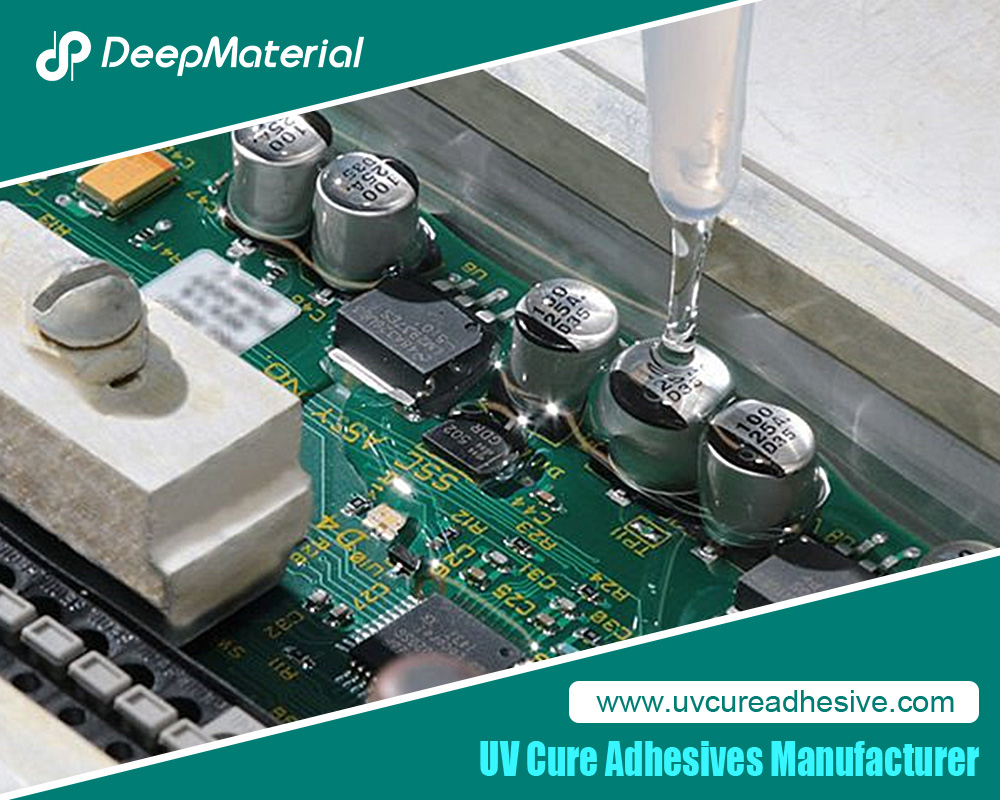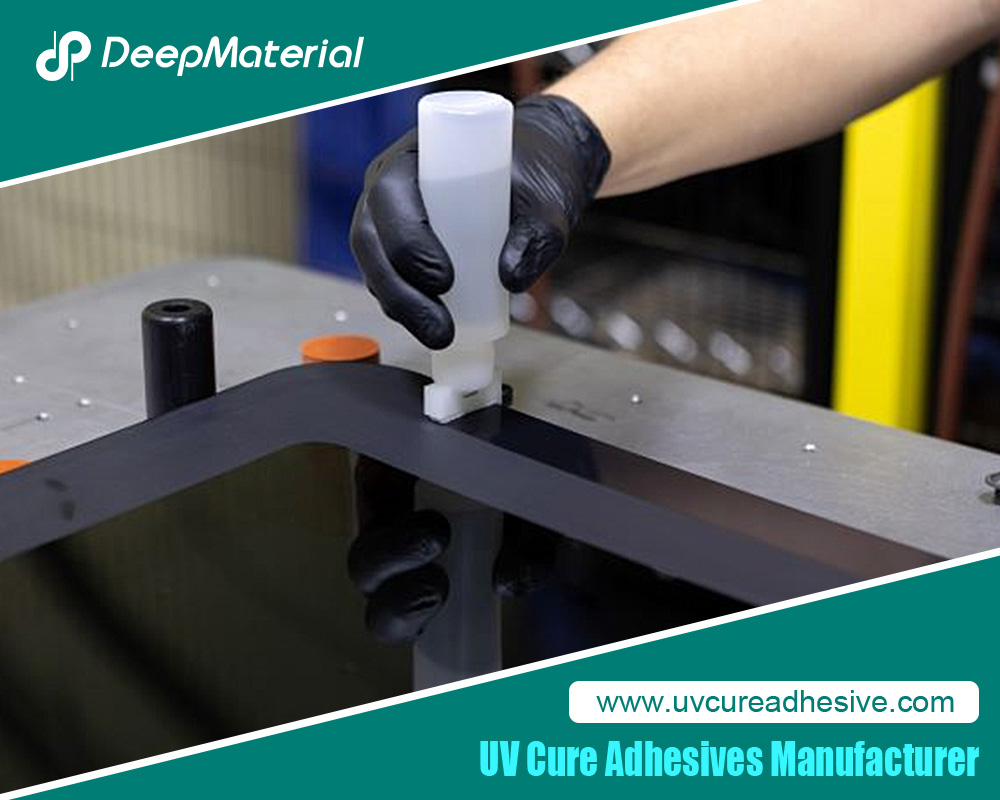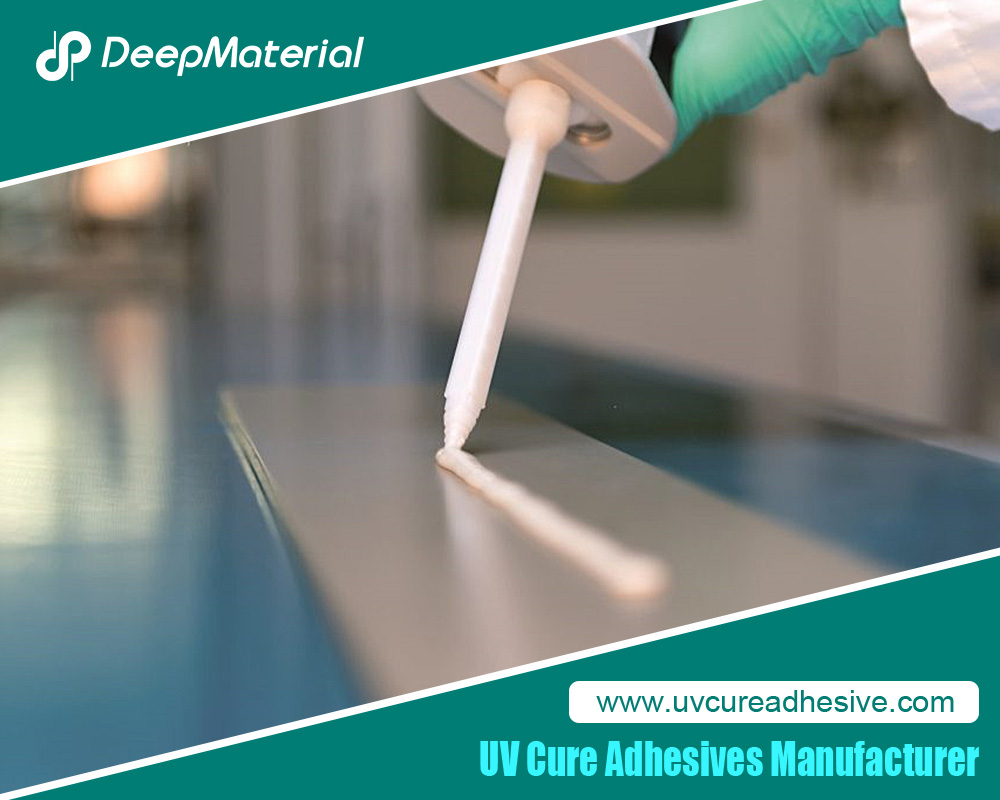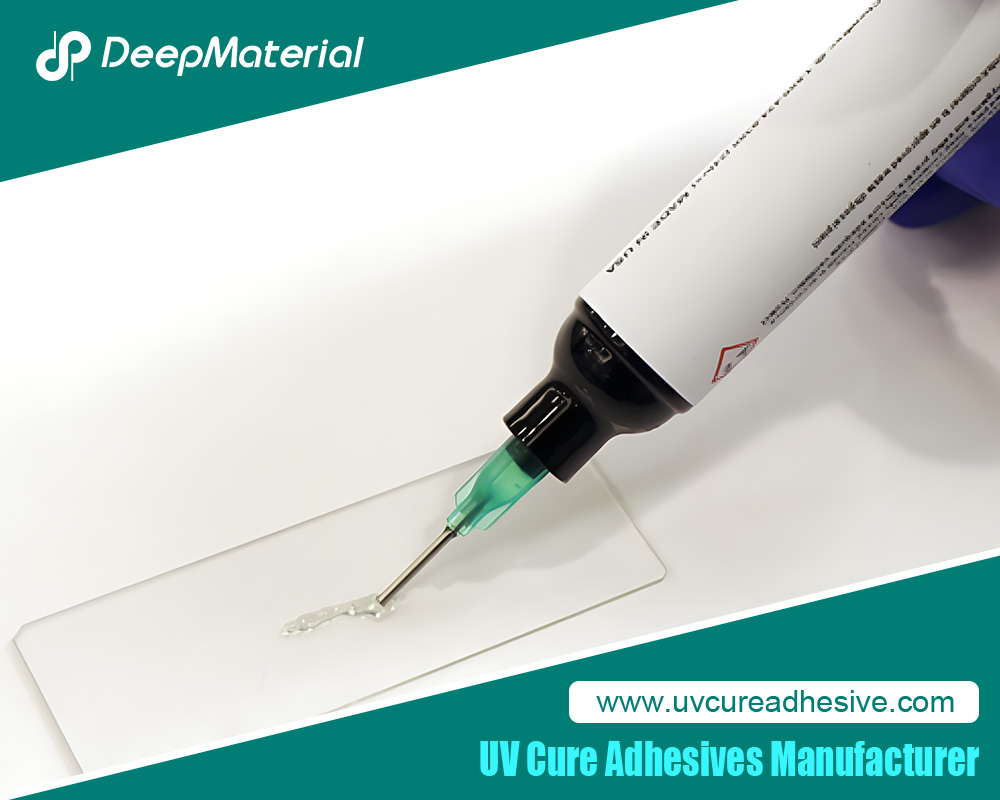The Future Development Trends of UV Adhesives for Touch Screens: New Directions under Technological Innovation and Market Changes
Touch screens have become the primary interface in modern electronic devices, ranging from smartphones and tablets to in-vehicle displays and industrial control panels. As a key material for firmly bonding various layers of touch screens, the performance and quality of UV adhesives directly affect the display effect, durability, and operational experience of touch screens. With the rapid development of technology and changing market demands, UV adhesives for touch screens are undergoing profound transformations, showcasing a series of remarkable future trends.
I. Continuous Pursuit of Performance Enhancement
Higher Bonding Strength
As the usage environments of electronic devices become increasingly complex and diverse, the requirements for touch screen durability are growing. In the future, UV adhesives will improve their formulations by introducing new polymer materials or nano-reinforced materials to significantly enhance bonding strength. This ensures that all layers of the touch screen remain firmly bonded during long-term use, frequent touch operations, or even under certain external impacts, reducing issues such as delamination and peeling. For example, adding nanoparticles to UV adhesives can enhance their interaction with touch screen materials through the small-size effect and high specific surface area, thereby drastically improving bonding strength.
Faster Curing Speed
Production efficiency is a critical factor in the electronics manufacturing industry. To meet mass production needs, the curing speed of UV adhesives will continue to accelerate. This can be achieved by developing more efficient photoinitiators that generate free radicals faster under UV irradiation to initiate polymerization reactions. Additionally, optimizing the formulation composition of UV adhesives and adjusting the proportions and interactions of various components will also help improve curing rates. Faster curing speeds not only enhance production efficiency and reduce costs but also minimize issues such as product deformation and impurity contamination caused by prolonged curing times.
Better Optical Performance
The display effect of touch screens is a key aspect of user experience, so UV adhesives must possess excellent optical properties. In the future, UV adhesives will maintain high light transmittance (close to or reaching 100%) while further reducing haze and refractive index deviation to ensure clearer, more vivid, and realistic screen displays. Meanwhile, UV adhesives with special optical functions—such as anti-reflection, brightness enhancement, and polarization—will be developed to meet the specific optical requirements of touch screens in different application scenarios. For instance, anti-reflection UV adhesives can effectively reduce screen glare in outdoor electronic devices, improving visibility.
Superior Weather Resistance
Touch screens must operate stably in harsh environments such as high/low temperatures, high humidity, and strong UV radiation. Therefore, the weather resistance of UV adhesives will be further optimized. By improving molecular structures and enhancing chemical stability, UV adhesives will maintain good bonding and physical properties under different climatic conditions, extending the service life of touch screens. For example, developing UV adhesives with high temperature and low temperature resistance to meet the requirements of in-vehicle displays in extreme temperature environments; enhancing UV resistance to prevent aging and yellowing after long-term sunlight exposure.
II. Orientation Toward Environmental Protection and Sustainability
Low VOC (Volatile Organic Compound) Emissions
With growing environmental awareness, the environmental performance of UV adhesives has gained significant attention. Traditional solvent-based adhesives release large amounts of VOCs during use, harming the environment and human health. In the future, UV adhesives for touch screens will develop toward low or even zero VOC emissions. This can be achieved through water-based UV adhesives or high-solid-content UV adhesive technologies to reduce the use of organic solvents and lower VOC emissions. Water-based UV adhesives, which use water as a solvent, are non-toxic, odorless, and non-flammable, making them a highly environmentally friendly choice.
Application of Biobased Materials
To reduce dependence on petrochemical resources and achieve sustainability, the use of biobased materials in UV adhesives will gradually increase. Biobased materials are derived from renewable biomass resources such as plant oils, starches, and cellulose. Using biobased materials to produce UV adhesives not only reduces environmental impact but also imparts unique properties such as good biocompatibility and degradability. For example, UV adhesives prepared from plant oils exhibit both good bonding performance and flexibility and water resistance.
Recyclable and Degradable Design
Considering the environmental pressure from electronic waste, future UV adhesives may be designed to be recyclable or degradable. For recyclable UV adhesives, specialized processes will allow separation and reuse of the adhesives from other materials when touch screens are scrapped. Degradable UV adhesives will decompose into harmless substances in natural environments over time, reducing waste accumulation. This requires innovative molecular structure design and synthesis processes to achieve recyclability or degradability.
III. Adaptation to New Touch Screen Technologies
Flexible Touch Screens and Foldable Displays
With the continuous development of flexible display technologies, flexible touch screens and foldable displays are gradually entering daily life. These new touch screens require UV adhesives with excellent flexibility and bendability to withstand bending, folding, and other deformations. Future UV adhesives will use new flexible polymer materials and adjust crosslink density and molecular chain structures to ensure bonding strength while enduring multiple bending and stretching cycles without cracking or delamination. For example, using elastic polyurethane acrylate as the main resin of UV adhesives, combined with special toughening agents and additives, to develop UV adhesives suitable for flexible touch screens.
Transparent OLED Touch Screens
Transparent OLED touch screens, with their unique transparent display effects, have broad application prospects in special fields such as smart vehicle windows and transparent advertising screens. For these touch screens, UV adhesives must not only have high light transmittance and good bonding performance but also be highly compatible with OLED materials to avoid negatively impacting OLED luminescence. In the future, specialized UV adhesive products will be developed for transparent OLED touch screens, optimizing their optical properties and interfacial compatibility to fully leverage the advantages of transparent OLED touch screens.
High-Resolution and Ultra-Large-Size Touch Screens
To meet users’ demands for higher clarity and larger screen sizes, high-resolution and ultra-large-size touch screens are increasingly used. This imposes stricter requirements on the coating uniformity and curing consistency of UV adhesives. In high-resolution touch screens, minor differences in adhesive layer thickness or curing unevenness can cause display defects. In ultra-large-size touch screens, ensuring fast and uniform curing of UV adhesives over large areas is a key challenge. In the future, coating processes and curing equipment will be improved—such as using high-precision slot coating technology and uniform UV light source systems—to meet the application requirements of high-resolution and ultra-large-size touch screens.
IV. Customization and Personalized Services
Different electronics manufacturers have varying performance requirements for UV adhesives due to differences in product design, production processes, and application scenarios. In the future, UV adhesive suppliers will focus more on collaborating with customers to provide customized UV adhesive solutions. This includes tailoring adhesive formulations to customers’ material choices, process conditions, and performance indicators; offering professional technical support to help solve problems encountered during UV adhesive use; and even developing entirely new UV adhesive products based on special requirements. For example, for gaming device manufacturers that require extremely fast touch screen response speeds, UV adhesive suppliers can develop products with extremely low curing shrinkage and high elastic modulus to ensure touch screen stability and accuracy during rapid operations.
V. Integration with Smart Manufacturing and Automated Production
With the widespread adoption of smart manufacturing and automated production technologies in electronics manufacturing, the production and application of UV adhesives for touch screens will also deeply integrate with these technologies. In the production phase, automated ingredient mixing, blending, and filling equipment, along with intelligent quality monitoring systems, will enable precise control and efficient management of UV adhesive production, improving product quality stability and consistency while reducing costs. In the application phase, automated dispensing and coating equipment will become more prevalent, enabling precise UV adhesive application according to preset programs to enhance production efficiency and product quality. Combined with machine vision and artificial intelligence technologies, real-time monitoring and feedback adjustment of UV adhesive coating effects will further optimize production processes.
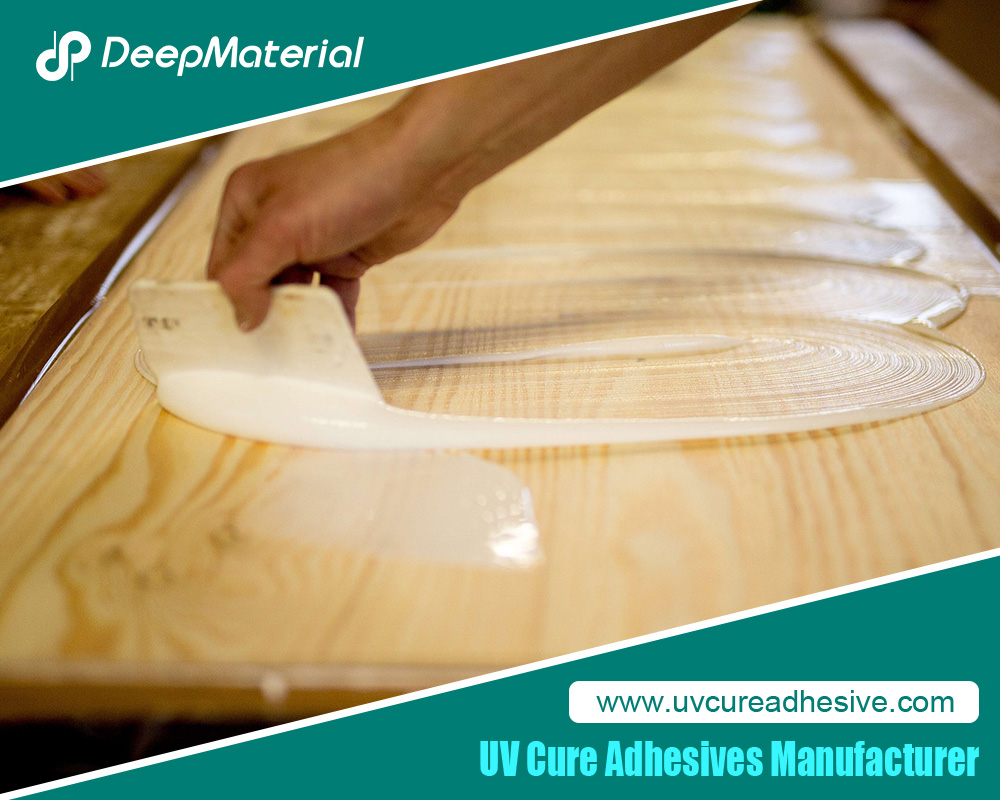
VI. Market Competition Landscape and Industrial Collaboration Trends
Intensified Market Competition, with Technological Innovation as a Key Factor
As the touch screen market expands, the UV adhesive market for touch screens has attracted more participants, leading to increasingly fierce competition. In this context, technological innovation will become crucial for enterprises to gain a competitive edge. Companies that continuously invest in R&D and launch high-performance, eco-friendly UV adhesive products meeting new touch screen technology needs will dominate the market. Meanwhile, enterprises must enhance their comprehensive competitiveness by optimizing production processes, reducing costs, and improving product quality and service levels.
Strengthened Industrial Collaboration to Build a Complete Industry Chain
To address market competition and technological challenges, collaboration among upstream and downstream enterprises in the UV adhesive industry will deepen. UV adhesive suppliers will form closer partnerships with electronics manufacturers, touch screen manufacturers, and raw material suppliers to jointly carry out technological R&D, product innovation, and market promotion. Through industrial collaboration, resources can be shared, complementary advantages leveraged, and the R&D and application speed of new technologies and products accelerated, thus building a complete UV adhesive industry chain for touch screens and enhancing overall industry competitiveness. For example, UV adhesive suppliers and touch screen manufacturers can collaborate to develop UV adhesive products for new touch screens. During R&D, touch screen manufacturers can provide practical application requirements and feedback to help optimize product performance, while UV adhesive suppliers can offer professional technical support to ensure optimal UV adhesive performance in touch screen production.
As a key material in touch screen manufacturing, UV adhesives for touch screens will face numerous opportunities and challenges in the future. Through continuous technological innovation to enhance performance, meet environmental requirements, adapt to new touch screen technologies, and strengthen industrial collaboration, UV adhesives will play a more critical role in the electronics industry, contributing significantly to the advancement of touch screen technology and the development of the electronics industry.
For more about the future development trends of UV adhesives for touch screens: new directions under technological innovation and market changes, you can pay a visit to DeepMaterial at https://www.uvcureadhesive.com/ for more info.

